My Baby Cries Hysterically Every Time My Mother-in-Law Is Around — I Finally Discovered Why

Here’s something cool that scientists have discovered recently — Schrödinger’s black holes. Yep, the scariest objects in our Universe have turned out to be even more terrifying. Now we know that they can also exist in many states at once. But what does it mean? Let’s find out.
Black holes are mysterious titans of our Universe. Sometimes it feels like the more we learn about them, the less we know. We discovered them quite recently, in the 20th century. And since then, we’ve been finding various black holes all over the Universe. Their sizes range from the size of a small town to horrifyingly unimaginable.
But their most important feature is probably their huge mass. And that’s where a recent study comes to play. Scientists have discovered that black holes have very unusual “quantum properties.” They’ve found out that each black hole can be both large and small, light and heavy, no longer living and alive. Well, maybe, except for the last part — let’s hope that there aren’t actually any “living” black holes.
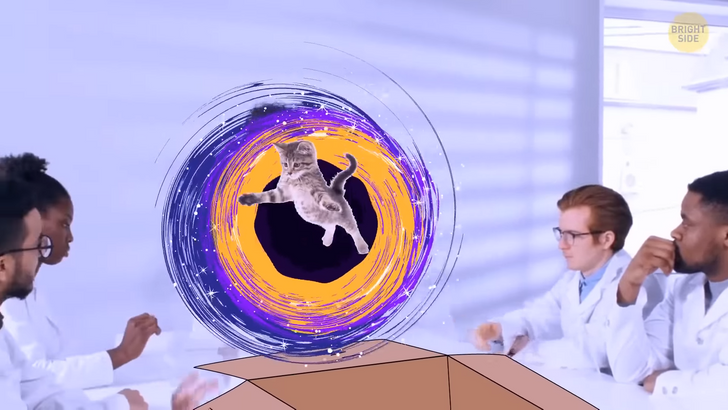
But the main point of the discovery is that each black hole can be in all possible states at the same time. It sounds weird, doesn’t it? What is it actually supposed to mean? Well, the ability to “be everything at the same time” isn’t a new concept in science.
This is what physicists call a “superposition,” or, to put it simply, a “state of uncertainty.” Quantum physicists discovered this first in tiny quantum particles. They noticed a very strange thing: as long as we don’t observe a particle, it literally exists in all states at the same time. And only when we start interacting with it — for example, looking at it, measuring it, or just doing... something — only then does the particle decide what state it should be in.
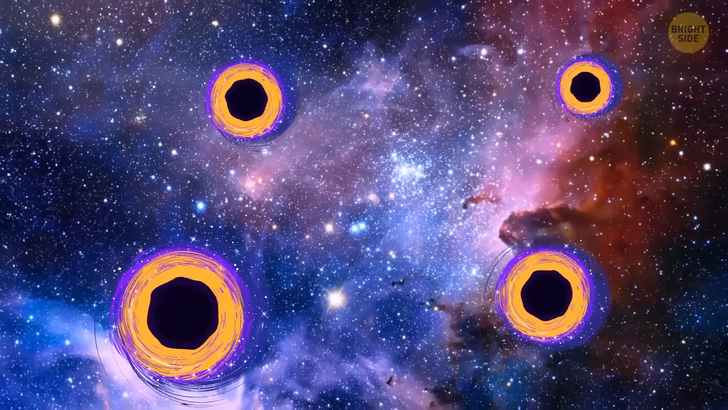
Here’s an example of this. Imagine that you have a ball in a box. You don’t know what it looks like. And the thing is, as long as it stays in the box, the ball is all colors at the same time. Only when you take it out of the box does it finally choose one color.
All this happens instantly, so you don’t notice it — for you, the ball has always been blue. Sounds pretty scary, right? And it raises a lot of questions. For example, how do these particles understand that we’re observing them? How do they decide which state to be in? And what does our world really look like if we only see what is shown to us?
Of course, this discovery caused a huge stir in the scientific community. No wonder — it does sound a bit... unusual. That’s what physicist Erwin Schrödinger also thought at the beginning of the 20th century. The ideas of quantum theories seemed delusional to him. That’s why he decided to challenge them.
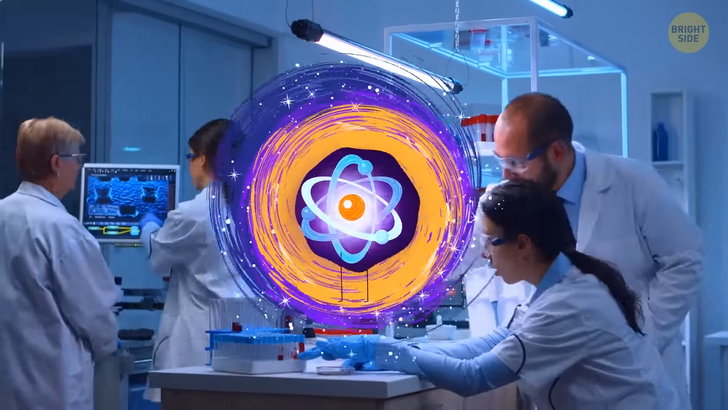
He conducted a famous experiment. You’ve probably heard about it, even if you don’t know anything about science at all. Yep. The infamous experiment with Schrödinger’s cat. So, what was the point of the experiment?
First of all, we have a box and a cat. In the box, there’s a container with toxic gas and a special mechanism. Every hour, there’s a 50% chance that this mechanism will either open the gas container or not. If it happens, the poisonous gas will be released, and the poor cat won’t make it. If this doesn’t happen, the cat will remain alive and well. Don’t worry; this was a purely hypothetical experiment. No cats were harmed in the process!
But let’s imagine that we did lock a cat in a box... and waited for an hour. It’s time to check the result. And here’s where we get close to the most interesting part. How do you think this situation would end in our regular world? Well, probably within an hour, the container would either open or not. And that would be the moment sealing the cat’s fate. After that, we’d just need to open the lid to find out the answer.
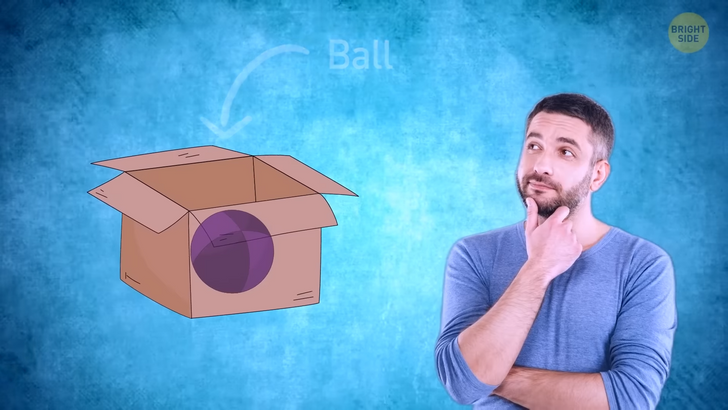
But in quantum physics, everything is much stranger. According to it, until we opened the box, the cat inside would be both alive AND not alive at the same time. In other words, the Universe itself doesn’t know what to do with this cat. As if the poor animal is on the verge of two worlds inside the box.
And when you open the lid, the Universe will select a random result of the experiment. So why did we do all this to a poor kitty? Well, initially, Erwin Schrödinger wanted to show how stupid it all sounded. But then he accidentally proved that quantum physicists were right.
The situation turned out to be pretty funny. It went like this, “Ha ha, these quantum physicists have no idea what they’re talking about. According to their logic, the cat in my box should be both alive and not alive at the same time... Wait, hold on... Uh-oh. They’re right.”
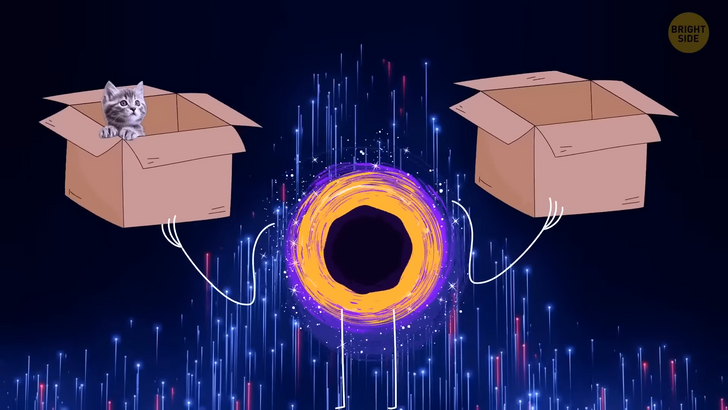
Schrödinger received the Nobel Prize in 1933, even though it wasn’t for this discovery. And in 2022, three more scientists received the Nobel Prize for another discovery in this field. These scientists were Alain Aspect, John F. Clauser, and Anton Zeilinger. They got it for their experiments that involved entangled quantum states. What does all this tell us? Guess now we’ll have to look for explanations in some kind of quantum mechanical magic. Unfortunately, humanity isn’t developed well enough to test any of these theories — yet.
But we have many cool assumptions. For example, the theory of parallel universes is one of the attempts to explain this phenomenon. Remember that ball in the box? Basically, according to the theory of the multiverse, there’s an infinite number of different realities. So, if you don’t know what the ball looks like, it kinda exists in this interdimensional, uncertain state. But when you open the box and look at the ball, you get transported to a random reality — for example, to the one where it is blue. It sounds pretty incredible but still exciting.
Alright, but why do we need all this info now? How is it connected to the recent discovery? You see, scientists thought: if teeny-tiny particles in our Universe behave like this, then what about some giant space objects? And so, they decided to direct their devices not into the microcosm but into distant space. American and Israeli theoretical physicist Jacob Bekenstein was the first to suggest that black holes may have the same weird properties. But this theory had to be tested.
The research itself was aimed at finding a connection between quantum particles and black holes. The researchers created a computer structure in which they placed a simulated quantum particle directly outside a giant simulated black hole. And in the end, this analysis showed that yep — black holes could also exist in several states at once. For example, they can be incredibly massive and, at the same time, have no mass at all. And each of these mysterious space gates can have several masses at the same time.
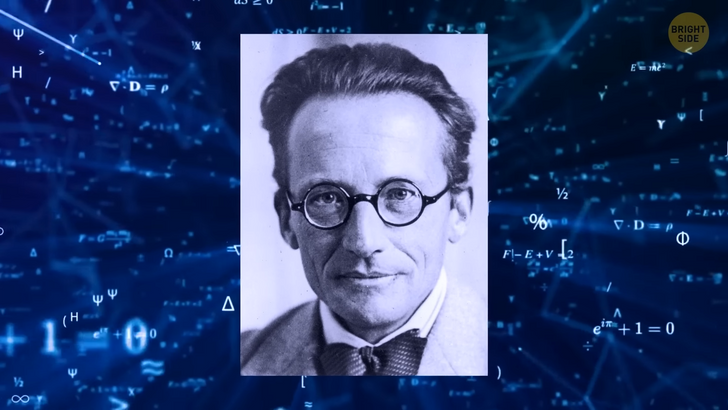
“The modeling showed that these superposed masses were, in fact, in certain determined bands or ratios — as predicted by Bekenstein,” said the physicist Magdalena Zych referring to the study. It’s not really clear yet what it all means.
And this discovery alone hasn’t brought us much closer to understanding how our Universe works or what happens inside black holes. We have realized only one thing — everything around us is much more complicated and more fantastic than we think. Who knows? Maybe black holes are portals between these parallel universes?
At this stage, it’s impossible to disprove this! In other words, the Universe has once again shown us that it is stranger and more mysterious and fascinating than we could imagine. Let’s hope that in the future, we’ll be able to understand at least a bit of what’s going on in it.











